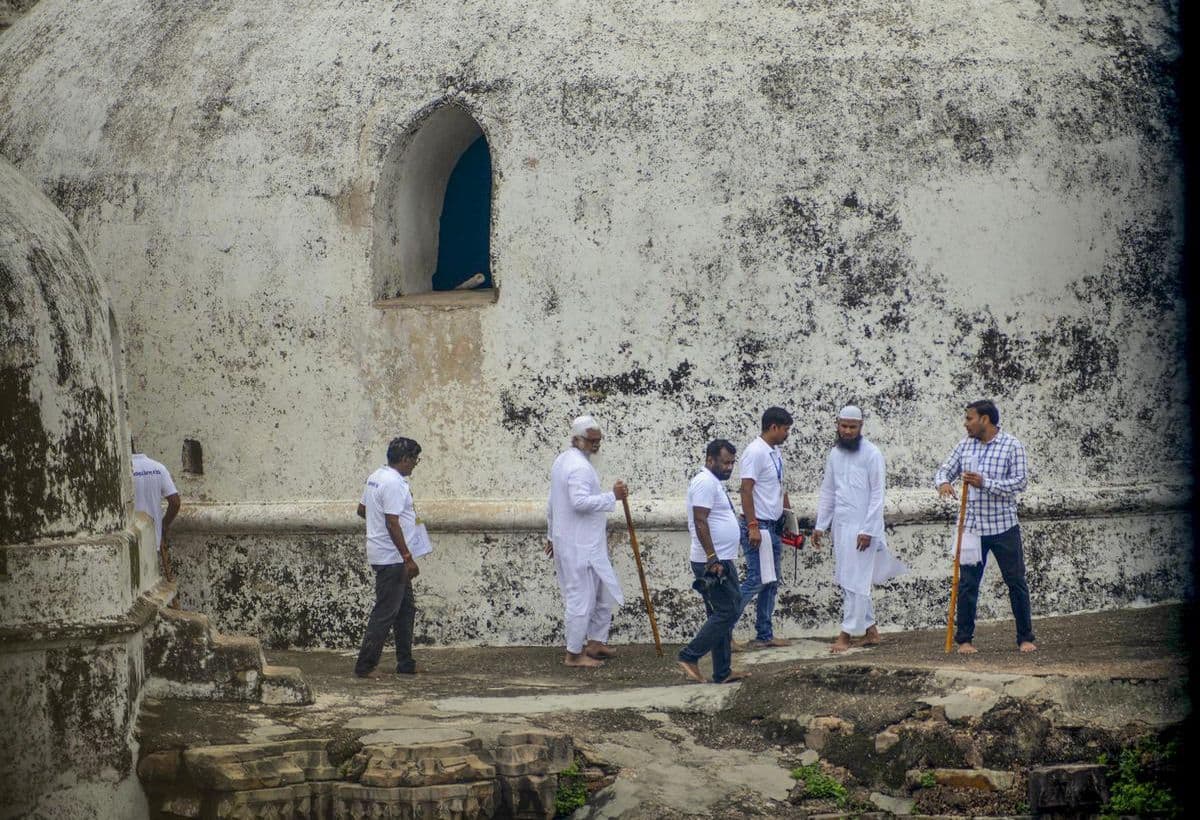
Archaeological Survey of India: From the Ram Mandir and Babri Masjid dispute to the Kashi Vishwanath-Gyanvapi Masjid issue or the temple-mosque dispute in Sambhal, everywhere. Archaeological Survey of India (ASI) Remains in the centre. ASI is the premier organization responsible for archaeological research, conservation and protection of India’s cultural heritage. It works under the Ministry of Culture of the Government of India. ASI, founded by Alexander Cunningham in 1861, is headquartered in New Delhi. The early years of ASI focused on documenting and surveying historical sites across the country.
The survey of the Archaeological Survey of India itself reveals that earlier there was a temple or a mosque at the disputed site. The most surprising thing is that at the beginning of this process, excavation is not done during the survey of historical structures. Experts who conduct surveys without digging try to find out what a structure looked like long ago. Now the biggest question is that how do ASI experts know what is there without digging at any place. ASI does not excavate historical structures without any concrete evidence.
this is the way
– ASI experts use seismic wave. These are a kind of waves that emerge during earthquakes. These waves are the cause of the devastation caused by earthquakes. These waves can pass through any type of substance. Be it solid, liquid or gas.
Apart from this, electromagnetic method is used. Magnetic waves emanate from the earth. They are detected through a magnetometer. If any remains of a road or wall are present inside the ground, then the magnetic field of that place changes due to the stones and bricks.
Also read- Maha Kumbh 2025: Foreign devotees also took a dip of faith in Maha Kumbh, know which pilgrim said what.
The other and last major technology is Ground Penetrating Radar. In this, electromagnetic waves emerge from the machine. These go inside the ground. According to the way the waves are reflected there, an X-ray type picture of the structure buried under the ground is created on the computer. This radar was used in the Ayodhya case.





